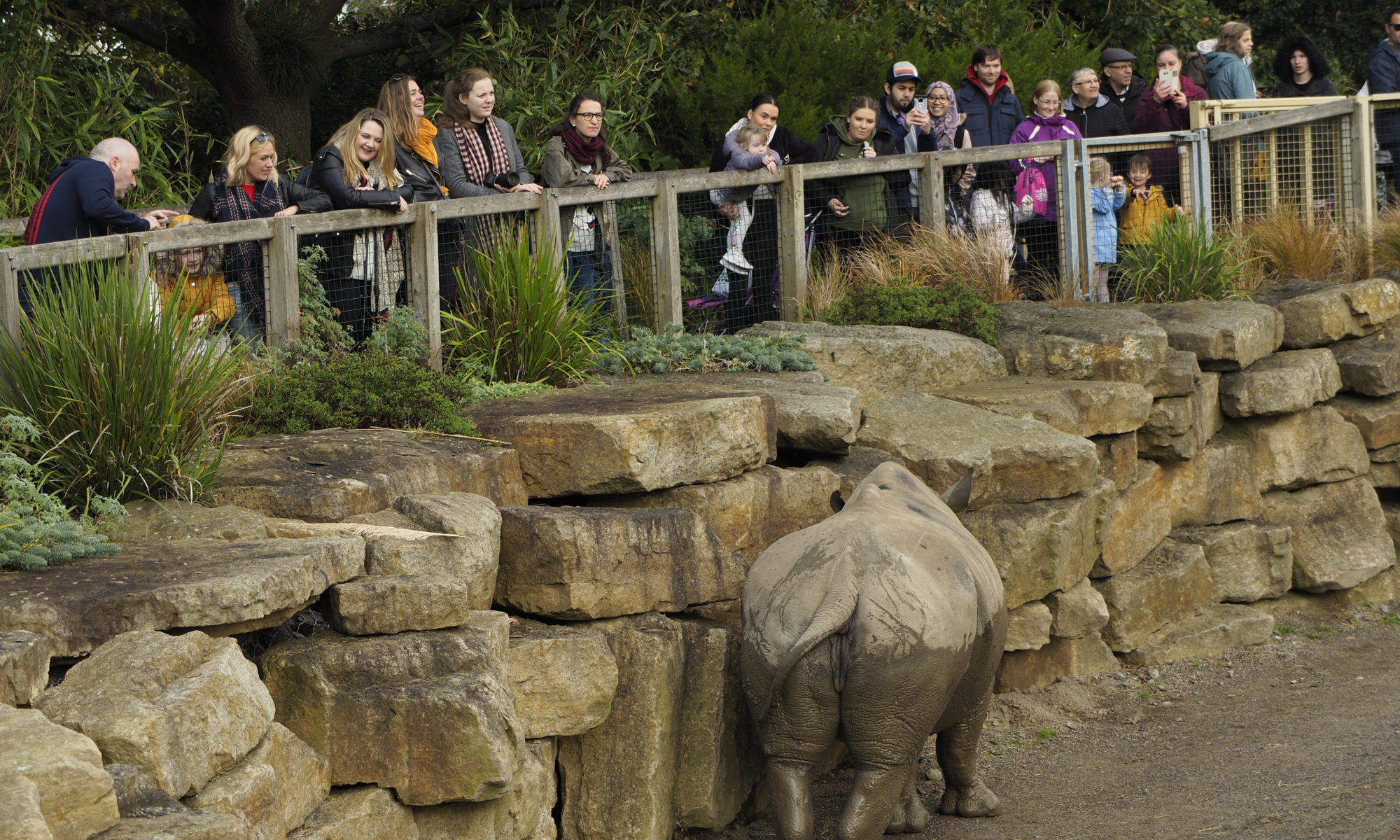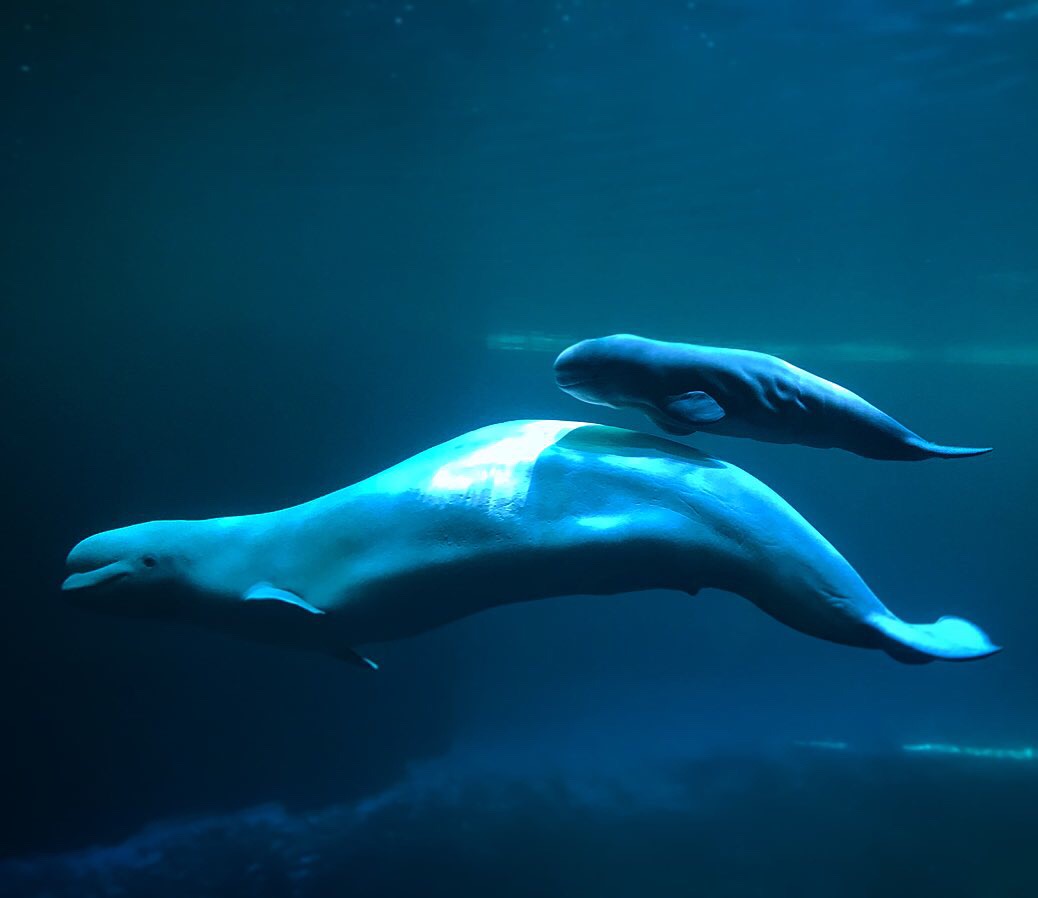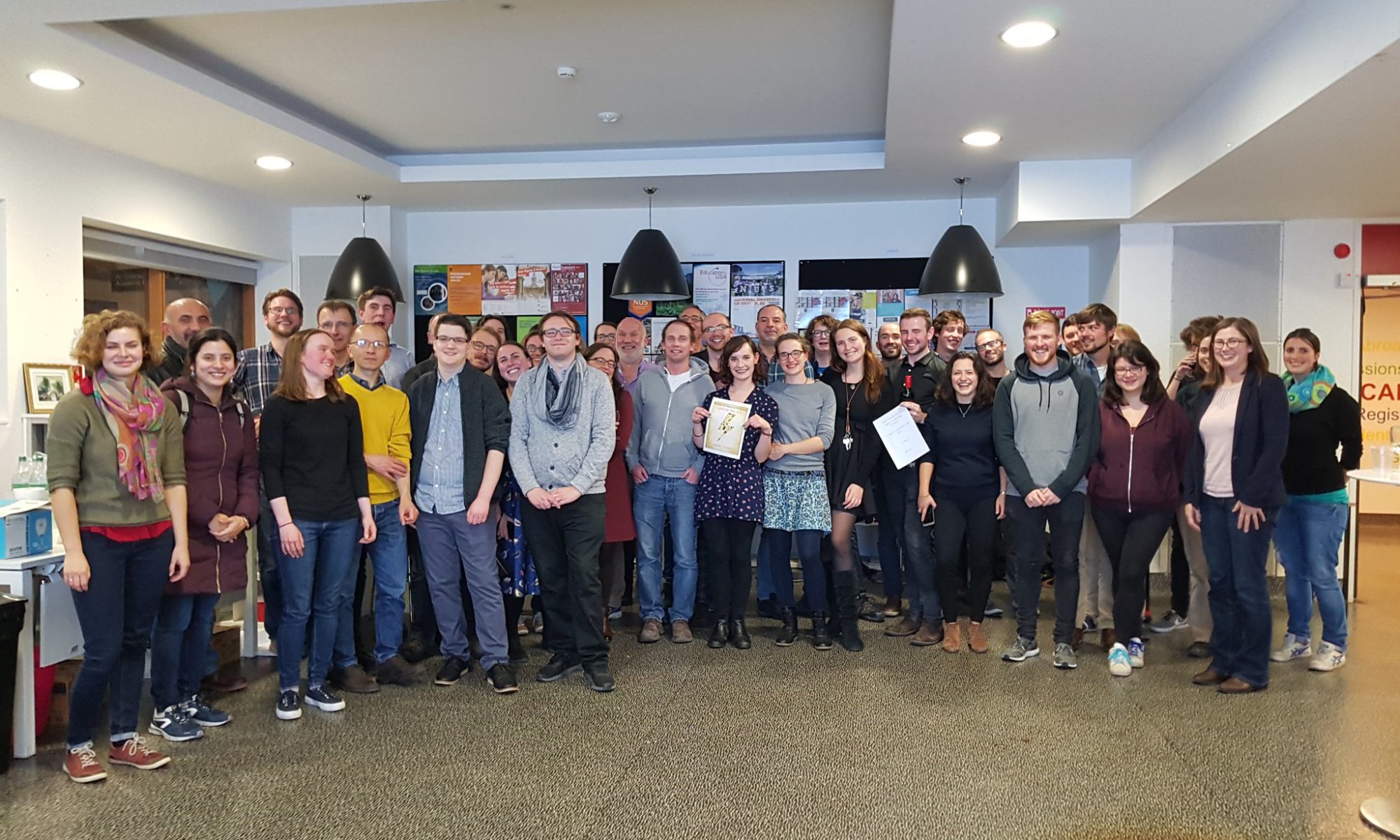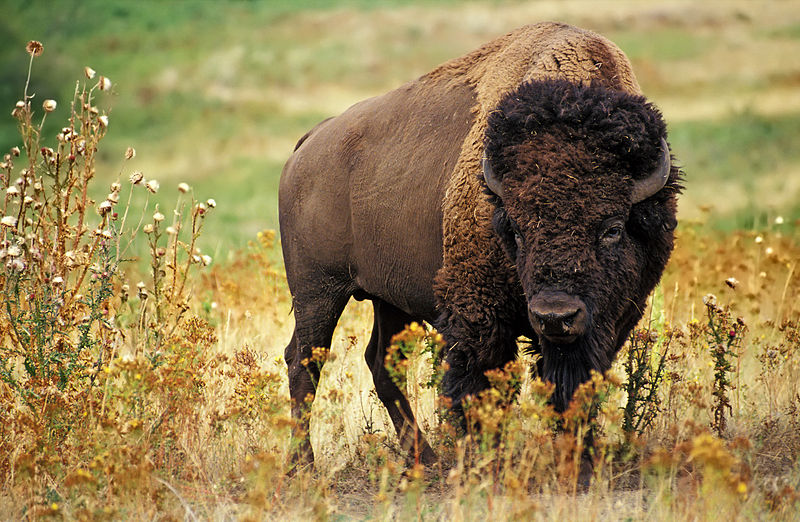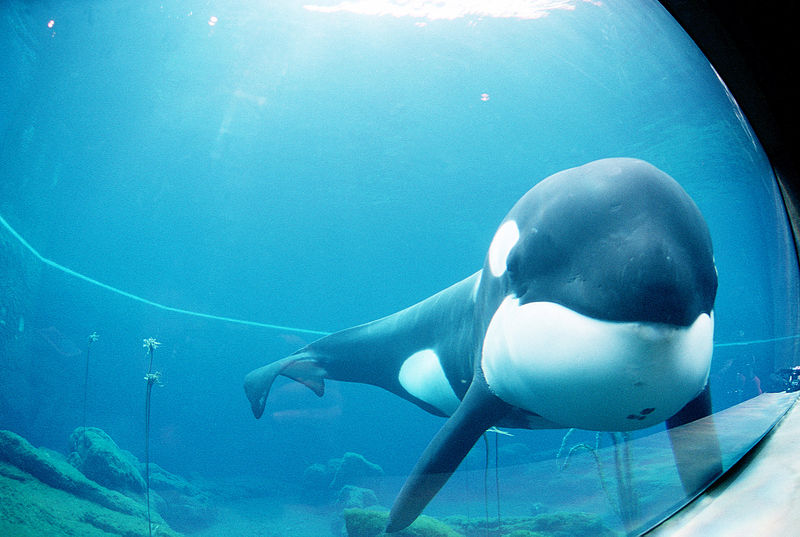Nearly every single one of us has visited the zoo at least once, it’s a fundamental part of most childhoods. In fact, over 700 million people visit zoos and aquariums around the world every single year. Although we may all go to the zoo for a fun day out, by choosing to go to the zoo we are indirectly funding the conservation of animals in the wild, as modern zoos and aquariums invest more than $350 million in conservation in the wild every single year, representing the third largest conservation organisation contributor globally (Gusset & Dick, 2011).
Continue reading “Why go to the zoo?”Fulbright to the Frozen Zoo
What is a Frozen Zoo©? Why do we need them? What species should we keep in them? From January to June this year I was lucky enough to travel on a Fulbright Irish Student Award to the San Diego Zoo Institute for Conservation Research to try and answer these questions.
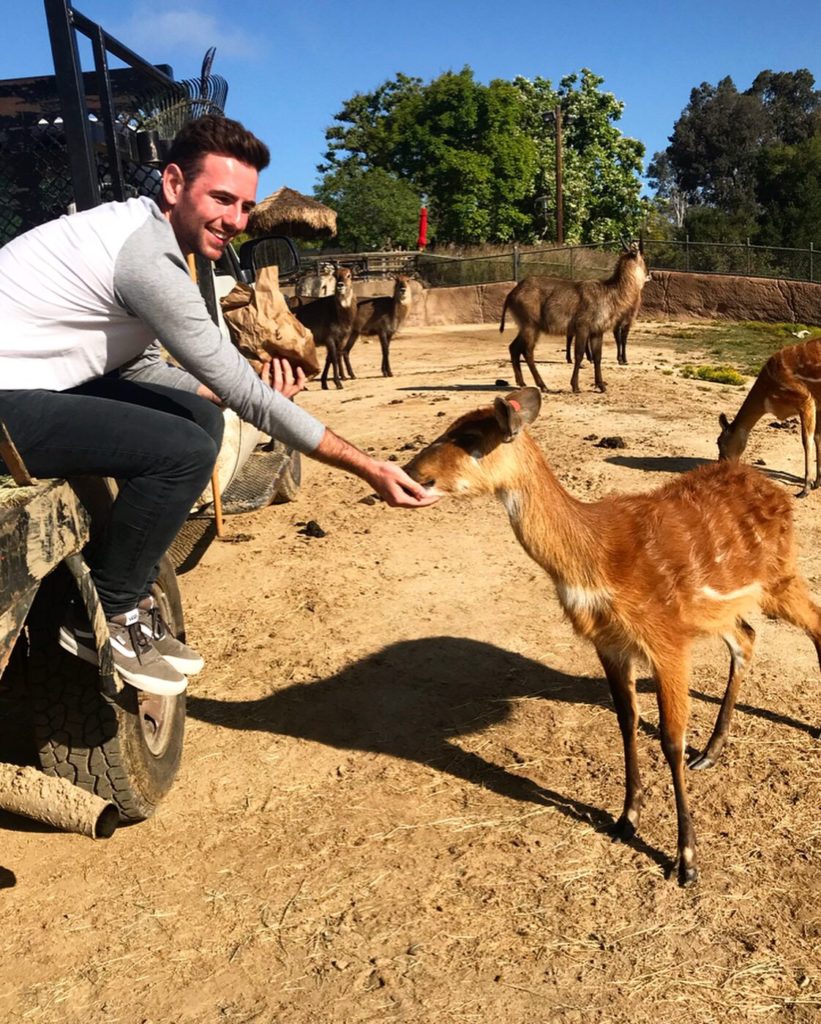
To put it simply, a Frozen Zoo© is a collection of living cells from different species which have been preserved and frozen, this is often termed biobanking. These cells can later be thawed and used to help conservationists by introducing genetic variation into existing wildlife populations or for a plethora of other scientific endeavours that require DNA from wild animals.
Continue reading “Fulbright to the Frozen Zoo”Lightning Strikes at TCD
Secret Vatican archives, xenophobia, de-extinction, parasitism and hoovers were just a few of the many topics on the menu at the 2017 School of Natural Sciences Lightning Talks. This annual event brought together 24 PhD students and Professors from across the Botany, Geography, Geology and Zoology disciplines to present their research and battle it out to win the respect of their colleagues (and bragging rights). The catch? Presentations were limited to 120 seconds, a difficult feat considering how much scientists like to talk about their own work! Continue reading “Lightning Strikes at TCD”
Trump and the future of “America’s best idea.”
In 1872 Yellowstone National Park was established as the first National Park not only in the USA, but in the world. President Ulysses S. Grant signed into law the Yellowstone National Park Protection Act, and so the National Parks were born. Today 59 National Parks exist throughout the United States, covering approximately 51.9 million acres with the goal of maintaining in perpetuity both wildlife and their habitat. Since 1916 the National Park Service (NPS) has been entrusted with the care of these National Parks, and this year they celebrate their centenary. Continue reading “Trump and the future of “America’s best idea.””
Freeing Willy: the $20 million failed experiment
In 1993 Free Willy leapt onto cinema screens around the world. The story about a young boy who saves a killer whale from a run-down theme park was an instant hit for Warner Bros. However for Keiko, the whale who played Willy, the story did not have a Hollywood ending. While Willy jumped to freedom as the credits rolled, Keiko remained in captivity. What followed was a global effort to return Keiko to the wild at all costs, even to Keiko himself. Continue reading “Freeing Willy: the $20 million failed experiment”

